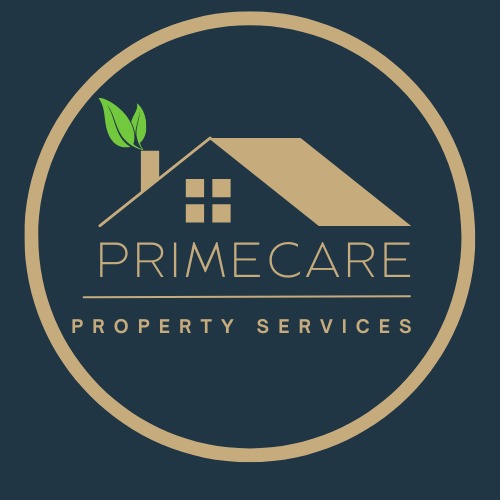In the realm of cleaning, myths and misconceptions often cloud our understanding, leading to ineffective cleaning practices and product misuse. Let’s unravel some of these myths and replace them with evidence-based clarifications:
Myth 1: More Detergent Means Better Cleaning:
Fact: Using excessive detergent doesn’t necessarily equate to cleaner results. In reality, too much detergent can leave residues, attract more dirt, and even damage surfaces or fabrics.
Clarification: Follow recommended detergent quantities specified on product labels. Using the right amount ensures effective cleaning without causing harm or leaving residues.
Myth 2: Vinegar is a Universal Cleaner:
Fact: While vinegar is a versatile and natural cleaner, it’s not suitable for all surfaces.
Clarification: Vinegar’s acidic nature makes it effective for certain surfaces but can damage others like marble, granite, and natural stone. Avoid using vinegar on these surfaces to prevent etching.
Myth 3: Newspaper for Streak-Free Windows:
Fact: While popularly recommended, using newspaper for window cleaning might not guarantee a streak-free finish.
Clarification: Microfiber cloths or squeegees are more effective in achieving streak-free windows. Newspaper ink might leave residues, whereas microfiber offers superior absorbency and a lint-free finish.
Myth 4: Bleach is the Ultimate Disinfectant:
Fact: While bleach is a potent disinfectant, it’s not suitable for all surfaces and situations.
Clarification: Bleach can be harsh and damaging, especially on surfaces like wood, fabric, and certain metals. Additionally, mixing bleach with other cleaning products can create harmful fumes. Use bleach cautiously and as directed on appropriate surfaces.
Myth 5: All Bacteria Are Harmful:
Fact: Not all bacteria are harmful; some are beneficial and necessary for our environment and health.
Clarification: Antibacterial products aren’t always necessary for regular cleaning. Using harsh antibacterial cleaners excessively may contribute to antibiotic resistance and disrupt natural ecosystems.
Myth 6: Hot Water Kills All Germs:
Fact: While hot water aids in cleaning, it might not necessarily kill all germs.
Clarification: Extremely hot water is more effective against germs, but it’s the combination of heat, detergent, and mechanical action (like scrubbing) that effectively removes and kills germs. Using excessively hot water can damage certain surfaces and fabrics.
Myth 7: Lemon Cleans Everything:
Fact: While lemons have natural cleaning properties, they aren’t a universal cleaning solution.
Clarification: Lemon’s acidity makes it effective against certain stains and odors but can damage or discolor surfaces like marble and granite. Use lemon safely and consider other appropriate cleaning methods for different surfaces.
Conclusion:
Separating cleaning fact from fiction is crucial for effective cleaning practices. Understanding the limitations and appropriate uses of cleaning methods and products ensures not only cleaner spaces but also prevents damage to surfaces and promotes a safer and healthier environment.
